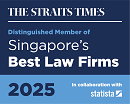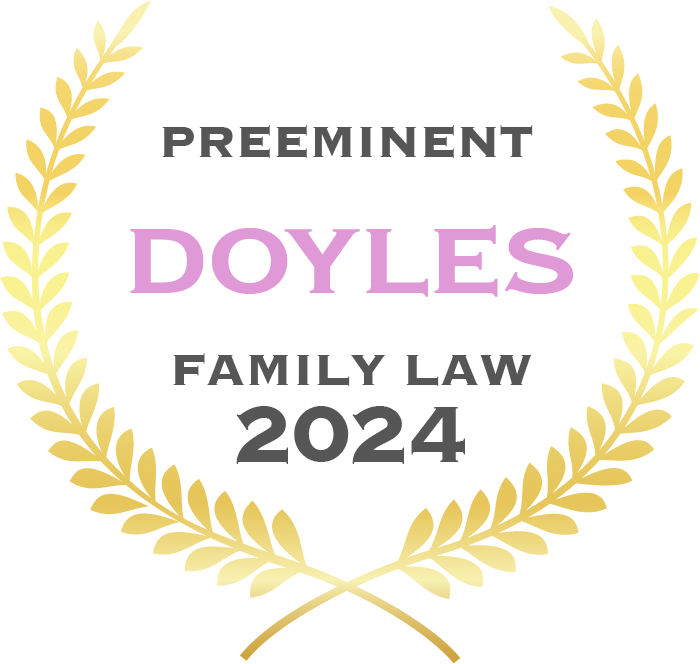Latest Amendments to the Listing Rules
The Singapore Exchange Securities Trading Limited (“Singapore Exchange”) recently introduced amendments to the listing rules (“Listing Rules”) which came into effect on 7 February 2020 (“Latest Amendments”).
The Latest Amendments introduced, inter alia, enhancements to the disclosure obligations and in this client update, we explore some of the key changes introduced by the Latest Amendments.
Enhancements to Disclosures of Acquisitions/Disposals
Chapter 10 of the Listing Rules deals with the acquisition or disposal of assets by an issuer (“Chapter 10 Transaction”) and prescribes a mechanism under Rule 1006 of the Listing Rules to calculate the relative size of a transaction (“Relative Figures”) to determine whether it should be disclosed to the shareholders or requires the approval of the shareholders.
Previously, in a situation where a Relative Figure is negative, the Listing Rules prescribed that the issuer should consult with the Singapore Exchange. This unavoidably created uncertainty and inconsistency as the Singapore Exchange was inundated with such applications.
To address this issue, the Singapore Exchange has introduced new rules to guide issuers in situations where a Relative Figure is negative. This may arise when (a) the issuer has a negative net asset value; (b) the asset to be disposed has a negative net asset value; (c) the issuer is loss-making; and/or (d) the asset to be acquired/disposed is a loss-making asset. Generally, for transactions with a negative Relative Figure, the Relative Figures computed under Rule 1006 of the Listing Rules that are positive will continue to apply as per usual, while guidance will be given on how to apply the negative Relative Figure in a meaningful manner.
Enhancements to the Continuous Disclosure Regime
The Singapore Exchange has adopted a disclosure based regulatory regime and the Listing Rules are interspersed with specific disclosure obligations. In addition, issuers are also expected to comply with the general disclosure obligations set out in Chapter 7 of the Listing Rules.
The Latest Amendments have expressly provided that the continuous disclosure obligations set out in the Listing Rules are given statutory backing under the Securities and Futures Act (Cap. 289) of Singapore (“SFA”) and any breach may be considered an offence under the SFA and may have serious legal consequences for the issuer and its officers.
The Latest Amendments also seek to clarify certain gaps in the general disclosure obligations of an issuer. For example, and as an indication of the Singapore Exchange’s attitude towards errant issuers and their directors, any public reprimand or public sanction relating to non-compliance with applicable laws or regulations, including any applicable accounting standards and any investigation on a director or an executive officer of the issuer must be disclosed.
In addition, the Latest Amendments have also provided guidance on what constitutes material information. Previously, the primary focus was directed on whether a piece of information is price sensitive i.e. the information would be likely to materially affect the price or value of the securities of the issuer, also known as “materially price-sensitive information”. The Latest Amendments clarified that not only materially price-sensitive information should be disclosed, but trade sensitive information should be disclosed as well.
The test of trade-sensitive information does not focus on the potential price impact of such information, but rather the likelihood that the omission or failure to disclose such information will result in the market trading on an uninformed basis. Such test is an objective test and the question to ask is, whether the information is expected to influence an investor who “commonly invests” in securities to trade in the securities of the issuer in reliance of such information, if it had been known beforehand. Therefore, the test for trade-sensitive information is broader than the test for materially price-sensitive information. The Singapore Exchange may consider a piece of information to be “trade sensitive” even if there is no significant market reaction to the information when disclosed.
Revamp to the Quarter Reporting Regime
Prior to the Latest Amendments, only issuers who meet the minimum market capitalisation had to report its financials every quarter (“QR”). This has since been replaced with a risk-based approach whereby only issuers who fall under a prescribed category will be subject to QR.
Under the new risk-based approach, an issuer will have to undertake QR if any of the following applies:
- It has received a disclaimer of opinion, adverse opinion or qualified opinion from its auditors on its latest financial statements.
- Its auditors have expressed a material uncertainty relating to going concern in its latest financial statements.
- It is the subject of regulatory concerns of the Singapore Exchange.
Issuers subject to QR must include prominently a statement on the cover page of its QR announcement that it is subject to QR under the Listing Rules. For all other issuers not subject to QR, they have the choice to report their quarterly financials in any form so long as its half-year financials are reported in a prescribed form.
This new regime is a welcome one as the focus of regular disclosure has been shifted from size to risk. Issuers with a higher risk should be subject to more effective monitoring to ensure that the concerns of the investors and/or regulators are being addressed on a regular basis. Issuers with a lower risk are now rewarded by lowered compliance costs.
Conclusion
The Latest Amendments form part of the Singapore Exchange’s efforts to safeguard investors’ interests whilst balancing the commercial objective of being business-friendly, careful to not overburden issuers with compliance costs, where possible. In this regard, the Latest Amendments are a step in the right direction as not only do they enhance disclosure obligations, they aim to seek to address issuers’ concerns on relevant and accurate disclosure.
For further information please contact:
|
Claudia Teo |
|
Huang Zhihao |
|
Tan Tien Wei |
|
|







